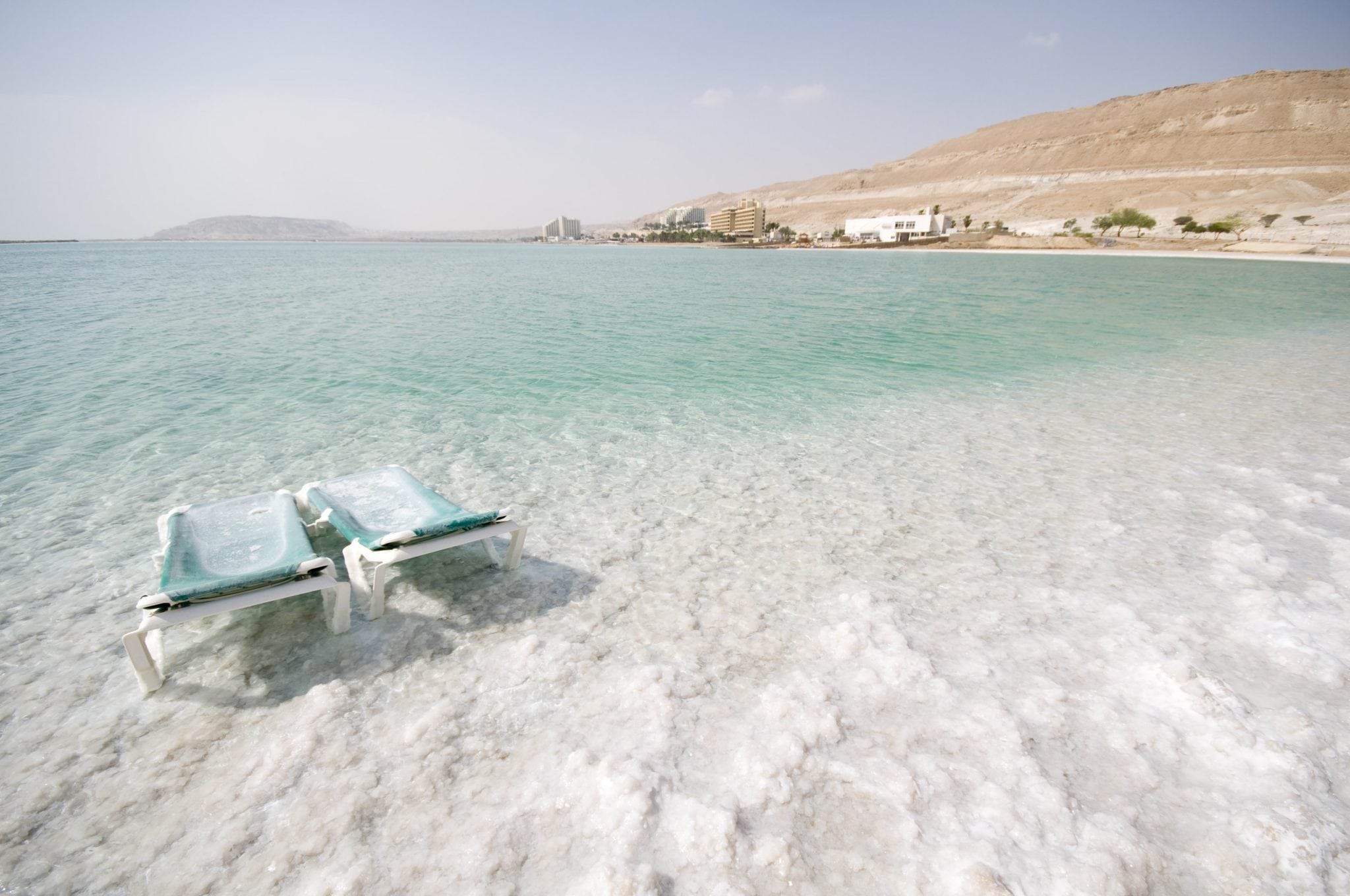The unique type of landscape of the Dead Sea area has a historical reputation for the existence of legendary species both in Fauna and Flora. In early days, the Song of Solomon mentions the Majestic Ibex, the mountain goat that roams the steep cliffs, almost merging with the background colors, alongside the Hyrax – a little, furry mammal that looks like a rodent, but is actually closer in morphology to the elephant, as well as the ‘Bosem’, probably what was known during the Roman era as Persimmon, the secret herb of Ein Gedi, from which the Balsam was produced. Some say it has been equal in weight value to gold.
Being the lowest point among its surroundings, the Dead Sea shores are a basin of eroded sediments from all of the mountains around it, including a rock that was carried out for miles along mighty rivers, and residue of previous stages of the sea itself.
Those sediments carry plant seeds from far away, and create a diverse habitat that can house a great variety of trees and herbs. Scholars can point out 5 major types of habitats where plants were adapted to cope with the given conditions. For example, The High Cliffs where the Drimia-Maritima and the Capparis enjoy drained flood-water that accumulates in cracks and nooks is one habitat. In The Slopes, where plants are scattered evenly on crushed rocks, one can find the Zygophyllum dumosum. The Shores, initially contained high percentages of salt, but due to the constant recede of the Dead Sea and the flow of fresh water, they gradually became fit for several species. In the nature reserve of Einot Zukim, there is a wonderful example of how the ‘belts’ of plants gradually follow the rapid retreat of the sea. There are still species that depend on a vast supply of fresh and semi-fresh water. These are to be found next to the numerous springs and include the huge palm trees and reeds, as well as the ‘fragile’ plants like the Southern Maidenhair Fern that is extremely rare in any other desert area.
Scholars still list new species every couple of years: the main source of new-comers is the course of the Great Rift, which serves both as a wind tunnel to carry seeds from Africa, as well as a migratory root for birds. Many Sudanese plants and animals have found the combination of high temperature and available water similar to conditions of the Middle African savannahs.
Among the singular birds one can find the Brown-necked Raven, the Blackstart and the the Tristram’s Starling, formerly endemic to this area alone, which can easily be spotted for the orange tips of its black wings, with a distinct whistle that became a major part of the local soundtrack. The reptiles here are majestic and have little camouflage on the background of the barren rocks; these include the Desert Agama Lizard. The mammals include Jackals, foxes, hyenas, hares, the cute Spiny Golden Mouse, and a leopard -probably the last of a community that slowly decayed along the 1980s.
